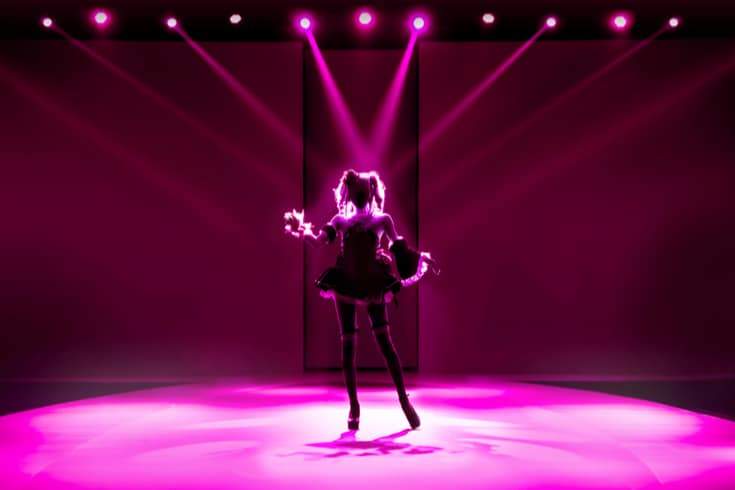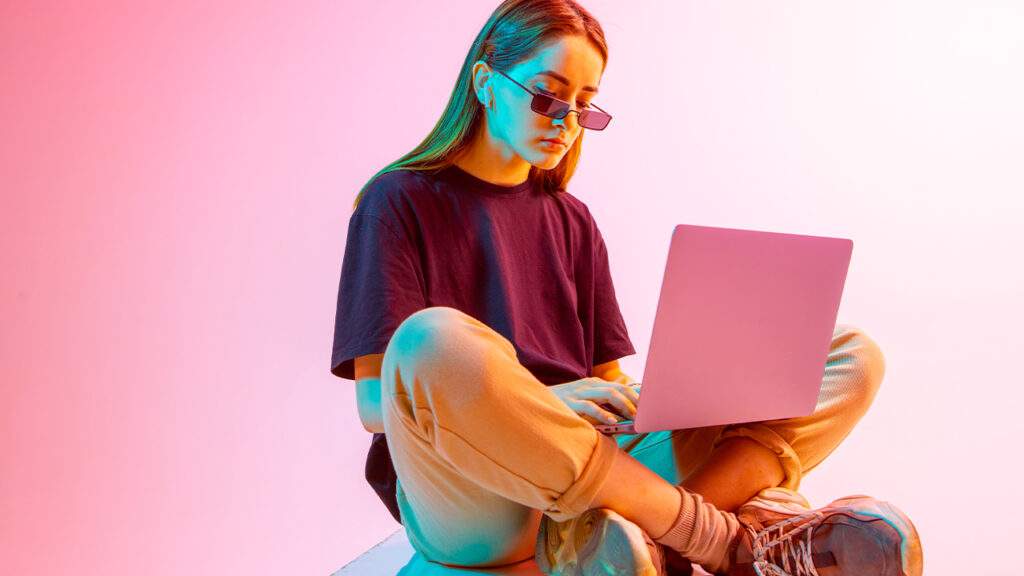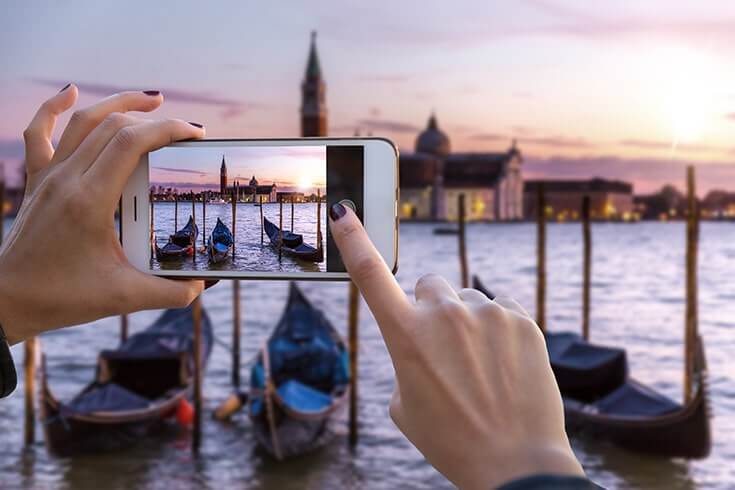Is Karaoke Video Illegal? Understanding 'Japanese Neighboring Rights' to Be Careful About When Posting Videos
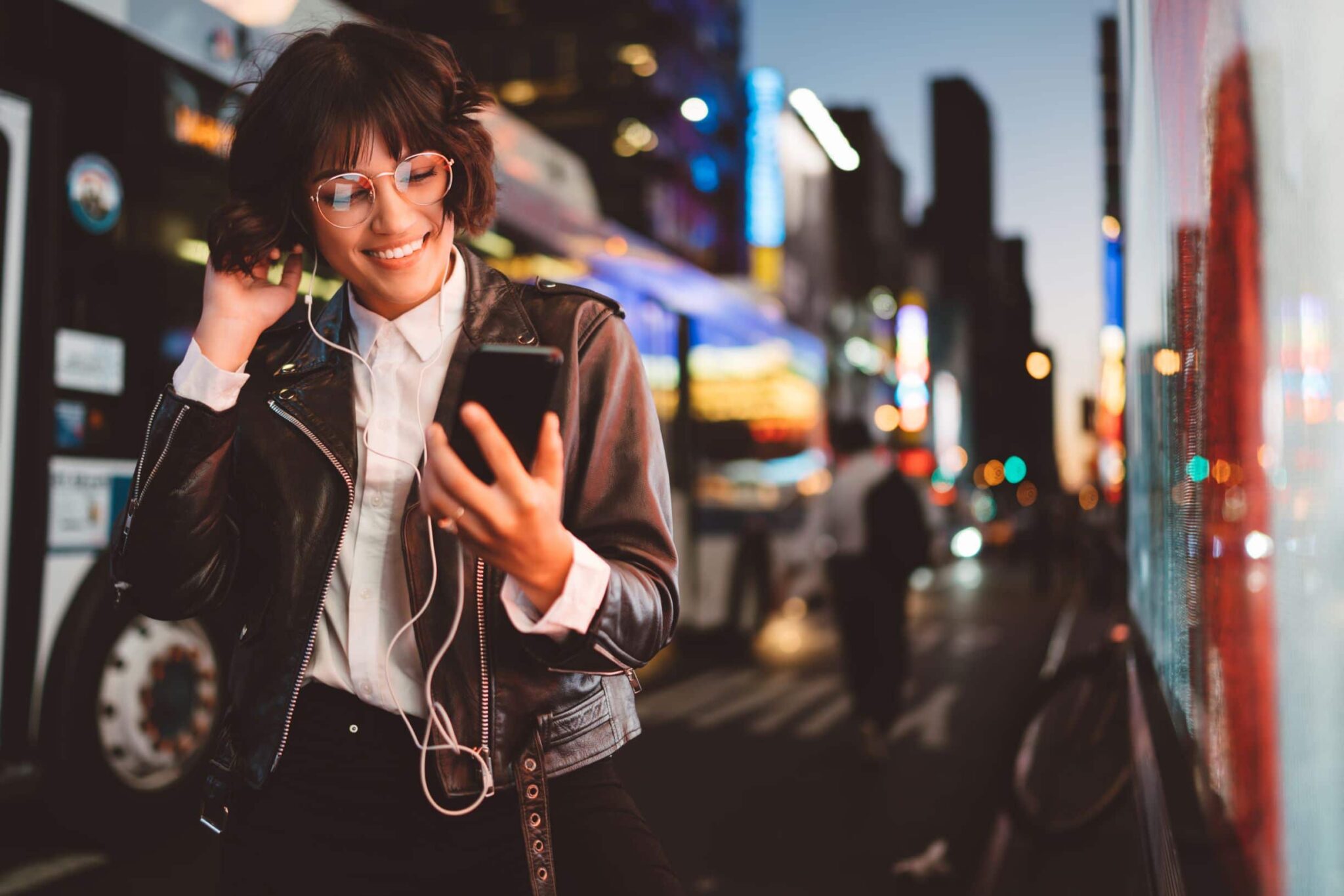
In September 2018 (Heisei 30), there was a case where a man who had created videos using karaoke tracks without permission and uploaded them to YouTube was indicted.
The charges were that he had illegally downloaded karaoke tracks being paid for distribution on the internet by a music distribution company five times, added lyrics and other elements to create karaoke videos, posted them on YouTube, and earned about 8 million yen in advertising revenue. The violation was of the ‘Japanese Neighboring Rights’.
Although the right known as ‘Neighboring Rights’ is not generally recognized, it is an important right that cannot be ignored in the creation and use of music. Without knowledge of it, there is a possibility of unintentionally violating it.
Here, we will consider the ‘Neighboring Rights’ in terms of music rights.
What is Neighboring Rights?
In a broad sense, “copyright” is divided into “author’s rights (copyright)” and “neighboring rights”. While “author’s rights (copyright)” are granted to the “creator” of a work, “neighboring rights” are rights given to those who “transmit” works to people.
Such “transmission” takes various forms, but under the Japanese Copyright Law, rights arise to protect four parties: “performers”, “record producers”, “broadcasters”, and “cable broadcasters”. Like copyright, these rights arise automatically without the need for registration or application in accordance with international rules.
https://monolith.law/corporate/intellectual-property-infringement-risk[ja]
What is a Performer?
“Performance” is defined as “the act of performing a work in a dramatic manner, dancing, playing, singing, reciting, reciting, or performing by other means (including acts similar to these that do not perform a work but have an artistic nature).” (Article 2, Paragraph 1, Item 3 of the Japanese Copyright Law). The term “acts that do not perform a work but have an artistic nature” refers to acts such as magic tricks, acrobatics, sleight of hand, and impersonations. Performances also include shows for audiences, such as ice skating shows and circuses.
A “performer” is defined as “an actor, dancer, musician, singer or other person who performs, or a person who conducts or directs a performance.” (Article 2, Paragraph 1, Item 4 of the Japanese Copyright Law). Anyone who sings, dances, or recites something can be a performer, and this applies not only to works but also to non-works such as magic tricks and impersonations.
The performances that are protected are, according to Article 7 of the Japanese Copyright Law,
- Performances conducted in Japan
- Performances fixed on a protected record
- Performances transmitted by a protected broadcast
- Performances transmitted by a protected cable broadcast
- Performances that Japan is obliged to protect under the “Rome Convention for the Protection of Performers, Producers of Phonograms and Broadcasting Organizations”, the “WIPO Performances and Phonograms Treaty”, the “TRIPS Agreement”, and the “Beijing Treaty on Audiovisual Performances”.
These are the performances that are protected.
What is a Record Producer?
A “record” refers to the first fixation (recording) of a sound (not limited to a work), i.e., the so-called “master”. The medium does not matter, so even if the sound is recorded on a CD, tape, or computer hard disk, it is considered a record (Article 2, Paragraph 1, Item 5 of the Japanese Copyright Law). A “commercial record” refers to a copy of a record (master) that is sold on the market, such as a CD (Article 2, Paragraph 1, Item 7 of the Japanese Copyright Law).
A “record producer” is the person who first fixed (recorded) a sound and made a master (record) (Article 2, Paragraph 1, Item 6 of the Japanese Copyright Law).
It should be noted that “sound” is not limited to works, so natural sounds are also included. Furthermore, “fixation of sound” is not limited to recording, so karaoke operators who create karaoke sound sources and other businesses that create MIDI data can also be record producers.
The records that are protected are, according to Article 7 of the Japanese Copyright Law,
- Records made by Japanese nationals
- Records made in Japan (where the sound was first fixed in Japan)
- Records that Japan is obliged to protect under the “Rome Convention for the Protection of Performers, Producers of Phonograms and Broadcasting Organizations”, the “WIPO Performances and Phonograms Treaty”, the “TRIPS Agreement”, and the “Phonograms Convention”.
These are the records that are protected.
What is a Broadcaster?
“Broadcasting” is a type of “public transmission” that is intended for the same content (not limited to a work) to be received simultaneously by the public (“unspecified persons” or “a large number of specified persons”) through wireless transmission. It refers to a form of transmission where the program is “always reaching the recipient”, as in the case of television broadcasting (Article 2, Paragraph 1, Item 8 of the Japanese Copyright Law).
In the case of transmission via an automatic public transmission device such as a server, even if the transmission is made without “storage” in the device, as in the case of “Internet broadcasting” or “webcasting”, it is not considered broadcasting because the program is not “always being transmitted to the recipient”.
A “broadcaster” is defined as a person who conducts broadcasting as a business (Article 2, Paragraph 1, Item 9 of the Japanese Copyright Law), and includes those who transmit (broadcast) programs, such as campus FM.
The broadcasts that are protected are, according to Article 7 of the Japanese Copyright Law,
- Broadcasts conducted as a business by Japanese nationals
- Broadcasts conducted from broadcasting facilities located in Japan
- Broadcasts that Japan is obliged to protect under the “Rome Convention for the Protection of Performers, Producers of Phonograms and Broadcasting Organizations” and the “TRIPS Agreement”.
These are the broadcasts that are protected.
What is a Cable Broadcaster?
“Cable broadcasting” is a type of “public transmission” that is intended for the same content (not limited to a work) to be received simultaneously by the public through wired transmission. It refers to a form of transmission where the program is “always reaching the recipient”, as in the case of cable television broadcasting (Article 2, Paragraph 1, Item 9-2 of the Japanese Copyright Law).
In the case of transmission via an automatic public transmission device such as a server, even if the transmission is made without “storage” in the device, as in the case of “Internet broadcasting” or “webcasting”, it is not considered cable broadcasting because the program is not “always being transmitted to the recipient”.
A “cable broadcaster” is defined as a person who conducts cable broadcasting as a business (Article 2, Paragraph 1, Item 9-3 of the Japanese Copyright Law), and the cable broadcasts that are protected are, according to Article 9-2 of the Japanese Copyright Law,
- Cable broadcasts conducted as a business by Japanese nationals (excluding those that receive broadcasts)
- Cable broadcasts conducted from cable broadcasting facilities located in Japan (excluding those that receive broadcasts)
These are the cable broadcasts that are protected.
Copyright Neighboring Rights and Property Rights
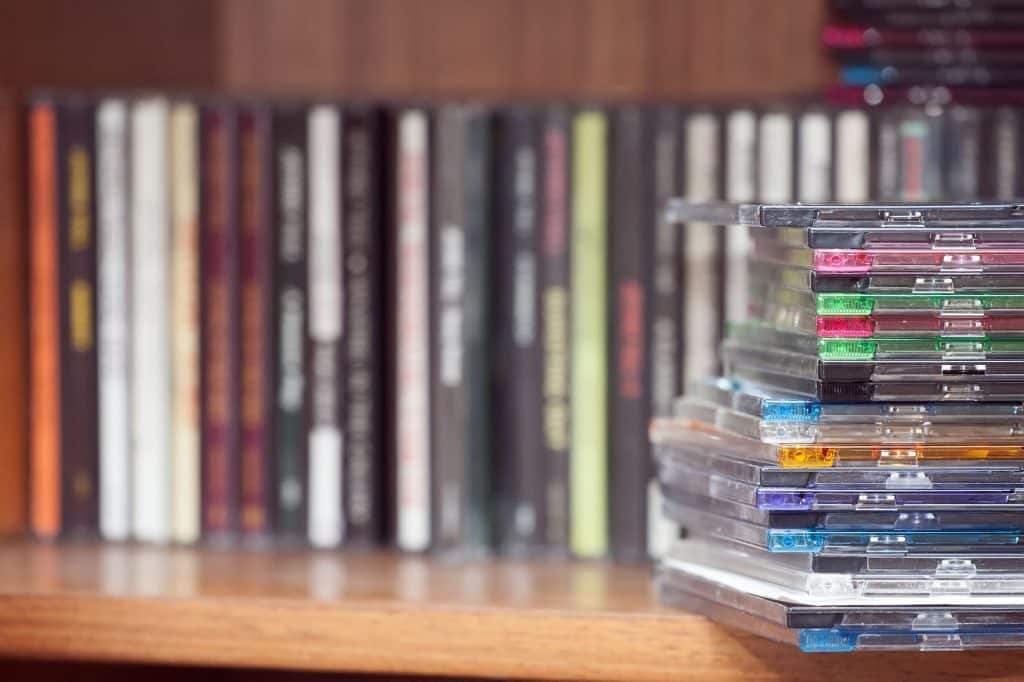
Copyright consists of two parts: “Copyright as Property Rights” and “Author’s Moral Rights”. However, copyright neighboring rights are essentially one type, which is “Property Rights”.
However, only performers are granted “Performer’s Moral Rights”, which are similar to the author’s moral rights. Therefore, only performers are granted two types of rights: “Performer’s Moral Rights” and “Property Rights”.
https://monolith.law/reputation/protection-author-moral-rights[ja]
The property rights held by the author are essentially all “rights of permission”, which are rights to prevent others from using without permission. However, in addition to this right of permission, the property rights of copyright neighboring rights include the “right to claim remuneration”, which allows others to use it under conditions such as usage fees. Although the right to claim remuneration cannot stop others from using it, it can demand payment.
For property rights, it is good to consider separately for “live performances”, “performances recorded on records”, and “performances recorded on film works” such as movies, TV programs, and videos. For example, in the case of “performances recorded on film works”, when you want to use a performance that was recorded with the consent of performers such as actors, you do not need to obtain the consent of the performer again in principle. (Japanese Copyright Law Article 91 Paragraph 2, Article 92 Paragraph 2, Article 92-2 Paragraph 2)
However, when copying music CDs, etc., it is necessary to obtain the consent of not only the “lyricist/composer” and “record producer”, but also the “singer” and “performer”, who are “performers”.
On the other hand, when copying videos or DVDs, it is necessary to obtain the consent of movie producers and screenwriters, etc., but it is not necessary to obtain the consent of “actors” and other “performers” who appear in them.
Video Posting and Neighboring Rights
In March 2008, YouTube signed its first comprehensive licensing agreement in Japan with Japan Rights Clearance (JRC). It also reached agreements on licensing conditions with e-License in May of the same year and with JASRAC in October.
Similarly, Nico Nico Douga signed comprehensive licensing agreements with JASRAC, JRC, and e-License between 2008 and 2009, and USTREAM did the same in July 2010.
Thanks to these comprehensive agreements, users can post videos on platforms like YouTube in which they perform songs managed by JASRAC.
However, it’s important to note that you cannot post CD audio sources or promotional videos as they are, or use them as background music.
This is because the rights processed in these comprehensive agreements are strictly “copyrights”, and they do not cover “neighboring rights” that JASRAC and others cannot manage.
In music posting, the important neighboring rights are the rights of the record producer, also known as the master rights.
So-called Master Rights
In contracts with performers such as singers and musicians for recording, it is common to transfer the rights of the performers to the record producer (production companies, record companies, labels, etc.). Therefore, these performer’s rights are usually included in the master rights.
However, the performer’s right to claim remuneration (the right to claim broadcasting fees and rental fees) is not transferred, and these are exercised through organizations designated by the Agency for Cultural Affairs (Geidan Kyokai CPRA).
Master rights include the licensing rights of the record producer, which are the “right to reproduce”, “right to make transmittable”, “right to transfer”, and “right to lend”, and the licensing rights of the performer, which are the “right to record”, “right to broadcast & cable broadcast”, “right to make transmittable”, “right to transfer”, and “right to lend”.
Licensing rights mean allowing others to use it, or in other words, others cannot use it without permission. Therefore, copying (= reproducing) a commercially available CD, which is a reproduction of the master, is a violation of rights without the permission of the holder of the master rights.
The same applies to making it transmittable by uploading it to YouTube or your own SNS or homepage.
The suspect mentioned at the beginning was suspected of violating the Copyright Law by infringing on the neighboring rights by using reproduction and making transmittable without the permission of the master rights holder.
Neighboring Rights and Copyright
Neighboring rights are also rights defined by the Copyright Law, so they are broadly considered copyrights. However, it is necessary to understand that they are different from the narrow sense of copyright as property rights given to the author who created the work.
When it comes to music rights, JASRAC (Japanese Society for Rights of Authors, Composers and Publishers) is famous, but JASRAC only manages a part of (narrow) copyrights, and has nothing to do with neighboring rights.
In other words, it is not the case that everything is OK if you apply to JASRAC when using music. Depending on the method of use, permission from rights holders other than JASRAC, such as neighboring rights holders, may be required.
YouTube and Nico Nico Douga, etc., have a comprehensive contract with JASRAC regarding use, so video posters can post JASRAC-managed songs without applying to JASRAC. However, this only pre-authorizes the use of rights within the scope managed by JASRAC, that is, copyright as property rights.
By the way, JASRAC does not manage adaptation rights, so if you arrange a JASRAC-managed song, you need permission from the original rights holder (composer or music publisher).
In other words, if you create a video using the same sound source as the master, such as a commercially available CD or download sound source, or post a video, you must obtain permission for “reproduction” and “making transmittable” from the master rights holder.
On Nico Nico Douga and Nico Nico Live Broadcast, some songs have been licensed from the master rights holder, so you can use those songs without obtaining individual permission.
Music Use and Neighboring Rights
In 2016, a drama called “The Full-Time Wife Escapist” aired on the TBS network. In the ending, Gen Hoshino performed a lively dance with Yui Aragaki and others to his song “Koi”, which became popular as the “Koi Dance”. On video sites such as YouTube and Nico Nico Douga, various people uploaded videos of them dancing the “Koi Dance”, and a video of Caroline Kennedy, then US Ambassador to Japan, dancing it exceeded 8 million views, creating a big boom.
This was because the master rights holder had pre-authorized the use of the song under the conditions that “the ‘Koi Dance’ video is produced and released for personal/non-profit purposes”, “the sound source used is purchased from a CD or distribution”, and “the length of the sound source used in the video is about 90 seconds, the same as the drama ending”, so it could be posted without any particular application (however, unauthorized posting is currently not possible as the condition period has ended).
So, if unauthorized use of the sound source is not allowed, you can create something exactly like the master. You can copy the sound source you want to use by ear, perform it on your own instrument or input it, and use it as your own sound source.
Although it is troublesome, this allows you to become the creator of the master and freely use that master to post videos.
However, if it is a video posting site with a contract with JASRAC, this method is fine, but if you post it on a personal blog, etc., you will need separate permission from JASRAC.
Summary
Many videos are posted on video sharing sites, such as those of people singing with karaoke in the background or dancing to CD tracks. However, most of these videos are likely posted without obtaining permission from the copyright holders of the original recordings.
Not only the CD tracks, but also the businesses that create the tracks distributed to karaoke bars hold the rights of the record producers. Therefore, if permission has not been obtained from such rights holders, there is a strong suspicion of infringement of neighboring rights.
It can often be difficult to determine whether or not neighboring rights have been infringed upon, so it is advisable to seek the advice of an experienced attorney.
If you want to learn about the copyright of BGM in videos, please watch the videos on our firm’s YouTube channel.
Category: Internet



